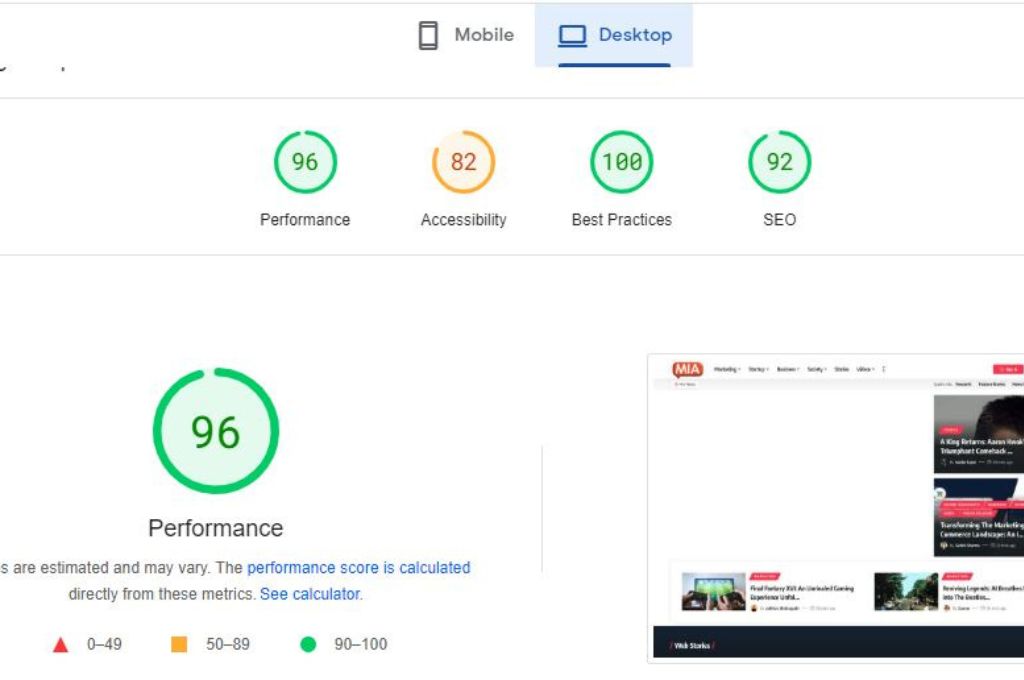In a move set to redefine web performance analytics, Google has announced the impending integration of Interaction to Next Paint (INP) into its Core Web Vitals report available in the Search Console.
This strategic transition, anticipated to be fully realized by March 2024, will witness the First Input Delay (FID) metric stepping down, making room for INP. While the new metric remains pending until the switchover, experts suggest that early optimization could prove beneficial for a smooth transition.
The INP data will soon appear in Search Console reports, providing valuable insights for website owners to prepare for the upcoming update. The Core Web Vitals report, recognized as a robust diagnostic tool, mirrors actual user experience on your website by evaluating webpage performance.
Unlike its predecessor FID, which solely focused on delay measurement, INP adopts a comprehensive strategy to assess the overall responsiveness of a webpage. With URL performance classified into three categories: “Good,” “Needs Improvement,” and “Poor,” INP offers an efficient means to evaluate user experience.
A low INP score might indicate that an expected action, such as an image closeup, takes an excessive amount of time following user interaction. Conversely, a high INP score signifies prompt visual feedback post-interaction, assuring users their input is being acknowledged and processed.
INP scores under 200ms are considered optimal. Those ranging from 200-500ms suggest room for enhancement, and anything beyond 500ms is rated as poor.
The optimization strategy for INP involves minimizing delays linked with loading scripts, resource fetching, and parsing HTML/CSS for accurate page display. For intricate interactions, initial visual feedback provision is crucial. Websites that have been actively monitoring their performance and speed metrics should readily achieve high INP scores, while those neglecting these metrics might encounter issues and potentially witness a rankings drop once the INP implementation takes effect.
















